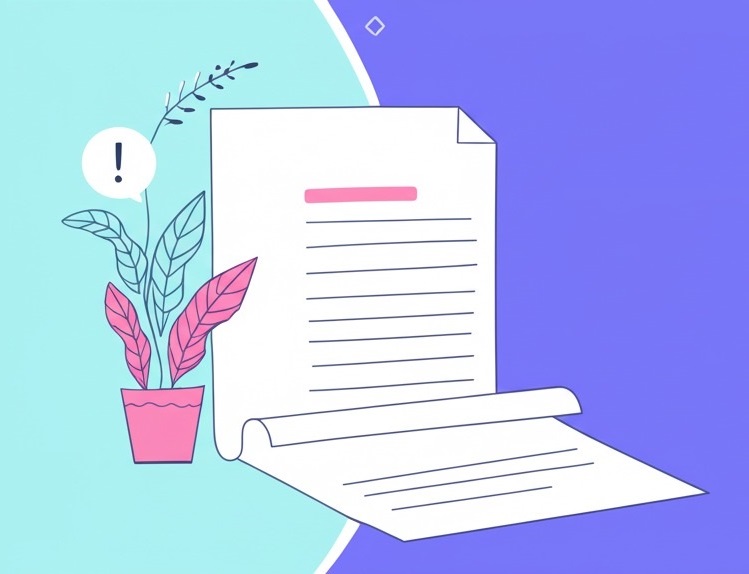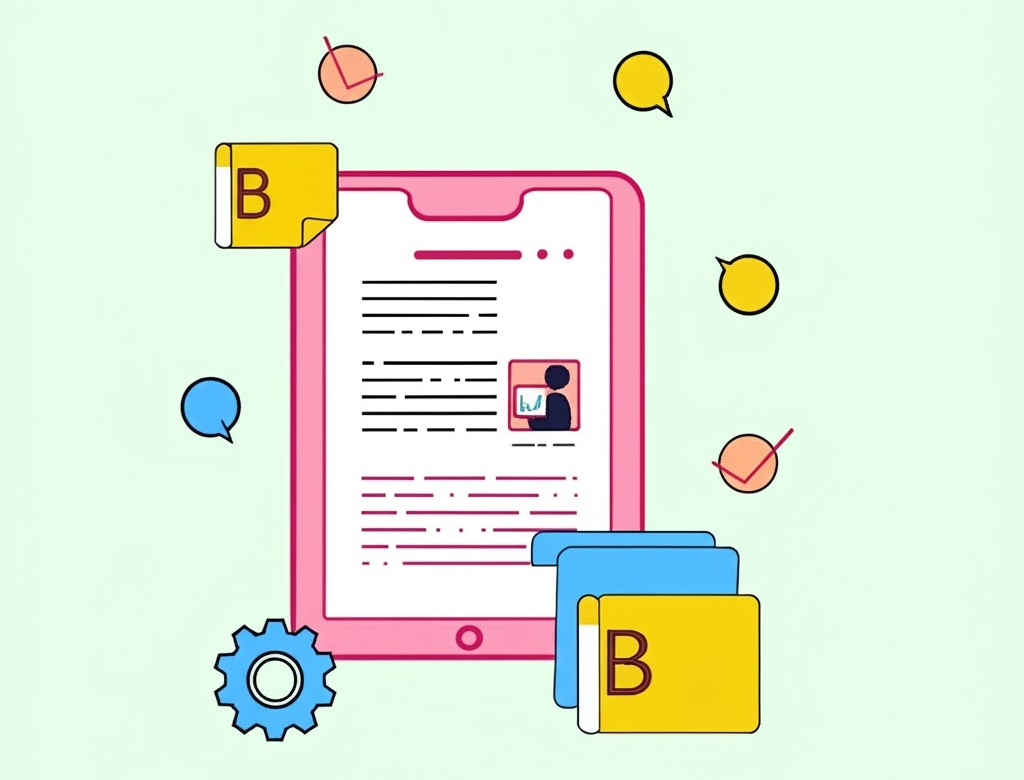Crafting an effective cover letter is essential to making a strong first impression on potential employers. A cover letter provides an opportunity to introduce yourself, highlight your key qualifications, and explain why you are the best fit for the position. In this guide, we’ll walk you through the steps to write a professional cover letter that stands out in today’s competitive job market.
What is a Cover Letter?
A cover letter is a one-page document that accompanies your resume. It serves as your personal introduction to the hiring manager, providing context for your application. While your CV lists your qualifications and experiences, your cover letter gives you the chance to tell your story, convey your enthusiasm, and demonstrate how your skills align with the job requirements.
A well-crafted cover letter should be tailored to the specific role you’re applying for, incorporating keywords and industry-specific language that resonate with both the employer and Applicant Tracking Systems (ATS).
How to Structure Your Cover Letter
An effective cover letter typically includes the following sections:
1. Header
Include your contact information at the top, such as your name, address, phone number, and email. You may also add the date and the employer’s contact details if available.
2. Salutation
Begin with a professional greeting. If possible, address the hiring manager by name (e.g., “Dear Mr. Smith,” or “Dear Ms. Johnson,”). If you’re unsure of the name, a simple “Dear Hiring Manager,” will suffice.
3. Introduction
Start with a strong opening paragraph that captures the employer’s attention. Briefly introduce yourself, state the position you’re applying for, and mention how you learned about the opportunity.
4. Body Paragraphs
Use one or two paragraphs to explain:
- Why You’re a Great Fit: Highlight your relevant skills, experiences, and accomplishments. Use specific examples to demonstrate your value.
- Alignment with the Company: Explain why you’re interested in the company and how your goals align with its mission or values.
- Unique Selling Points: Describe what sets you apart from other candidates. Focus on qualities and experiences that make you uniquely qualified for the role.
5. Conclusion
Wrap up your cover letter with a strong closing statement. Reiterate your enthusiasm for the position, thank the employer for considering your application, and include a call to action (e.g., expressing your hope for an interview).
6. Signature
Close your letter professionally with a sign-off such as “Sincerely” or “Best regards,” followed by your name. If sending a hard copy, leave space for your signature.
Tips for Writing an Effective Cover Letter
To ensure your cover letter makes an impact, consider these best practices:
-
Customize Each Letter:
Tailor your cover letter for each application. Mention the company’s name, refer to specific job requirements, and align your experiences with the role. -
Incorporate SEO Keywords:
Use relevant keywords such as “professional cover letter,” “how to write a cover letter,” and “cover letter tips.” This helps your letter get noticed by ATS and hiring managers alike. -
Keep It Concise:
Limit your cover letter to one page. Focus on the most important details and avoid overly verbose language. -
Showcase Your Personality:
Let your genuine enthusiasm and personality shine through. A well-written cover letter is both professional and engaging. -
Proofread Carefully:
Ensure your cover letter is free of spelling and grammatical errors. A polished letter reflects your attention to detail and professionalism.
Common Mistakes to Avoid
Even experienced professionals can fall into common pitfalls when writing a cover letter:
- Generic Templates:
Avoid using a one-size-fits-all template. A personalized letter resonates more with employers. - Repetition of CV Content:
Use the cover letter to add new insights rather than simply repeating what’s on your resume. - Overly Casual Tone:
Maintain a professional tone throughout, even if the company culture is relaxed. - Lack of Focus:
Keep your letter clear and to the point. Avoid irrelevant details that may distract from your main message.
Conclusion
A well-crafted cover letter is a powerful tool that can set you apart from other candidates. By following the structure outlined above, incorporating industry-specific keywords, and avoiding common mistakes, you can create a cover letter that not only introduces you effectively but also reinforces your candidacy for the job.
Related reading: How to Write a CV
Curious if your cover letter and CV create a powerful, cohesive first impression? Get a free CV review! from our team to elevate your application to the next level!





